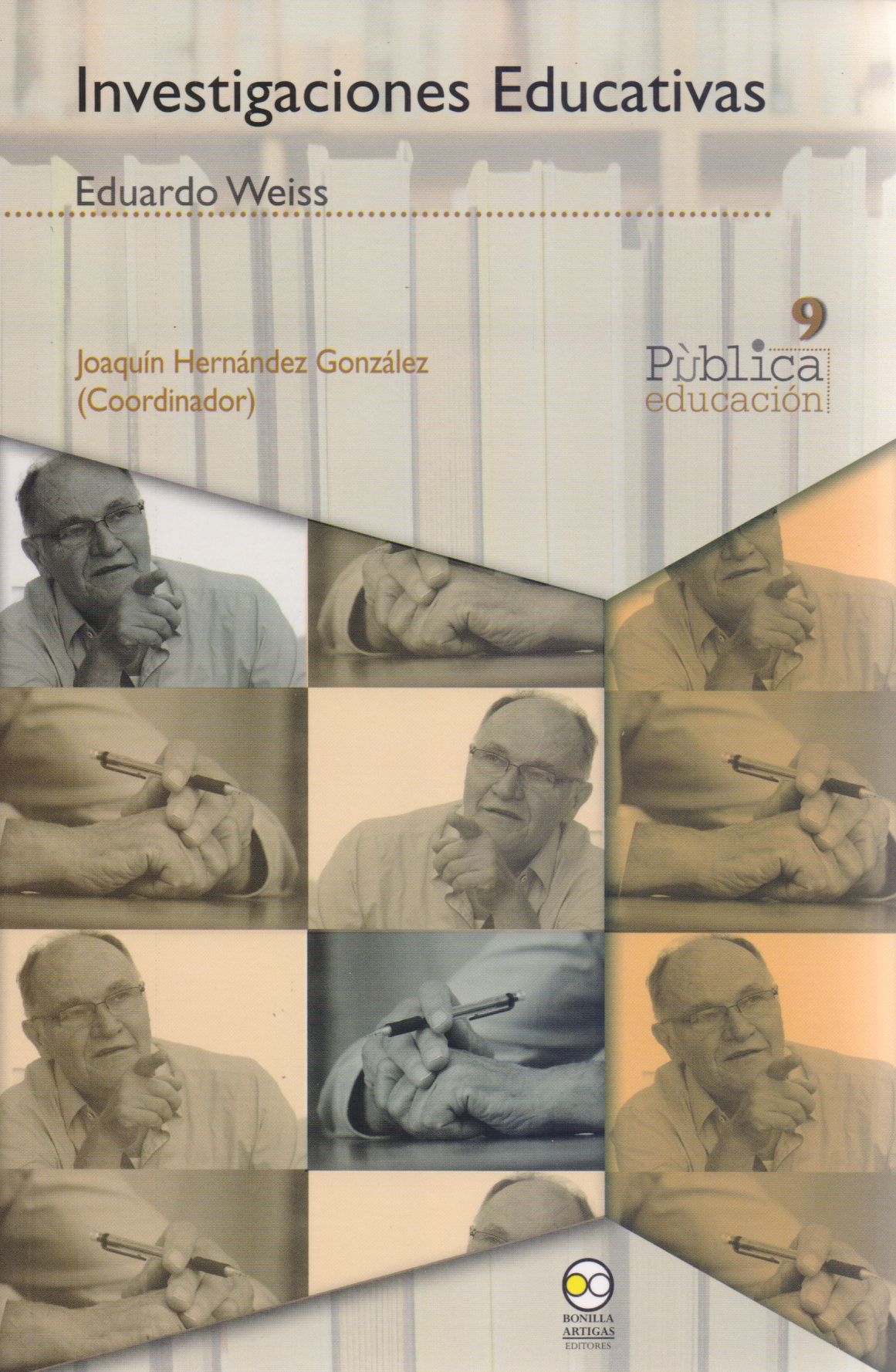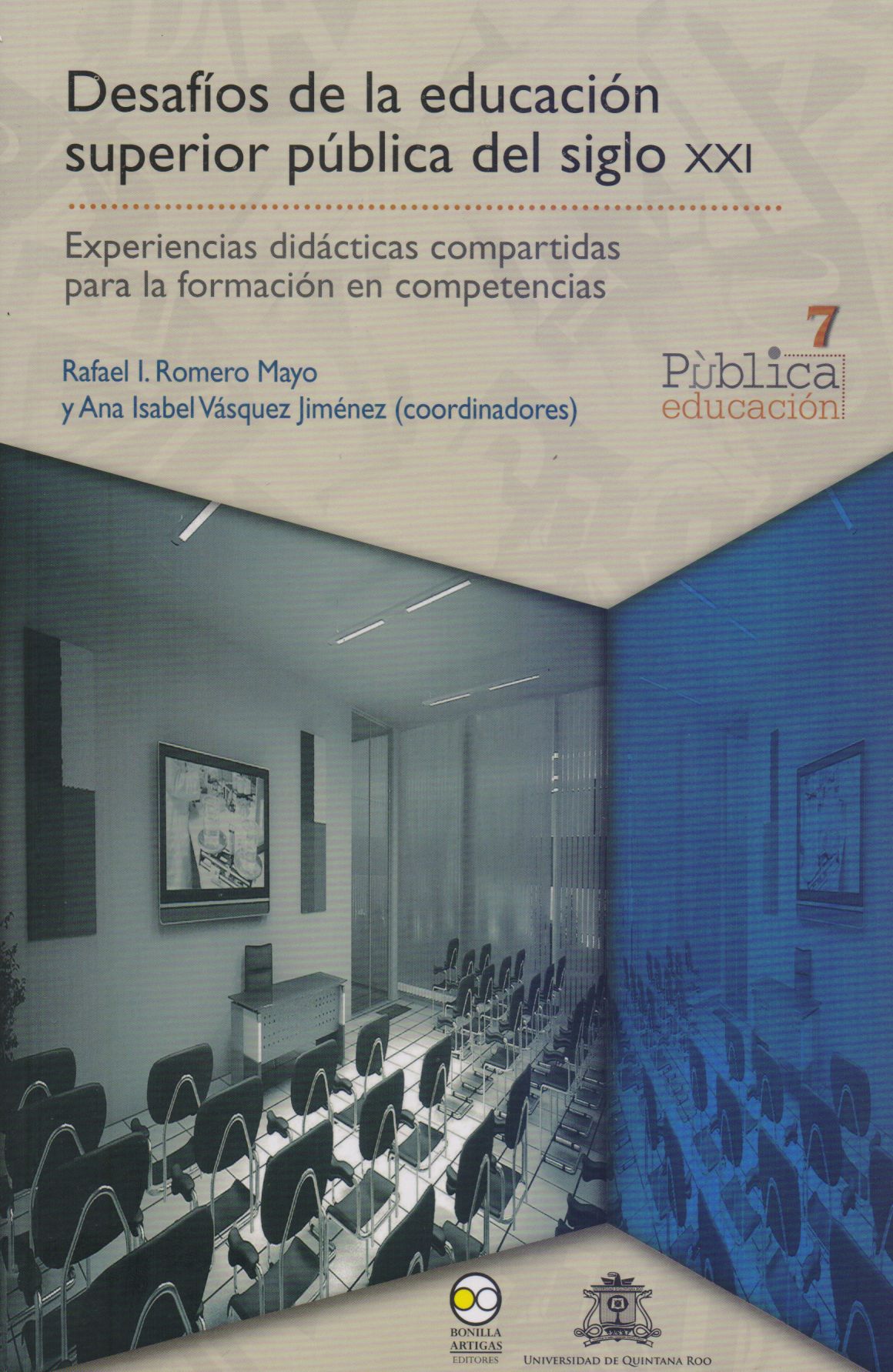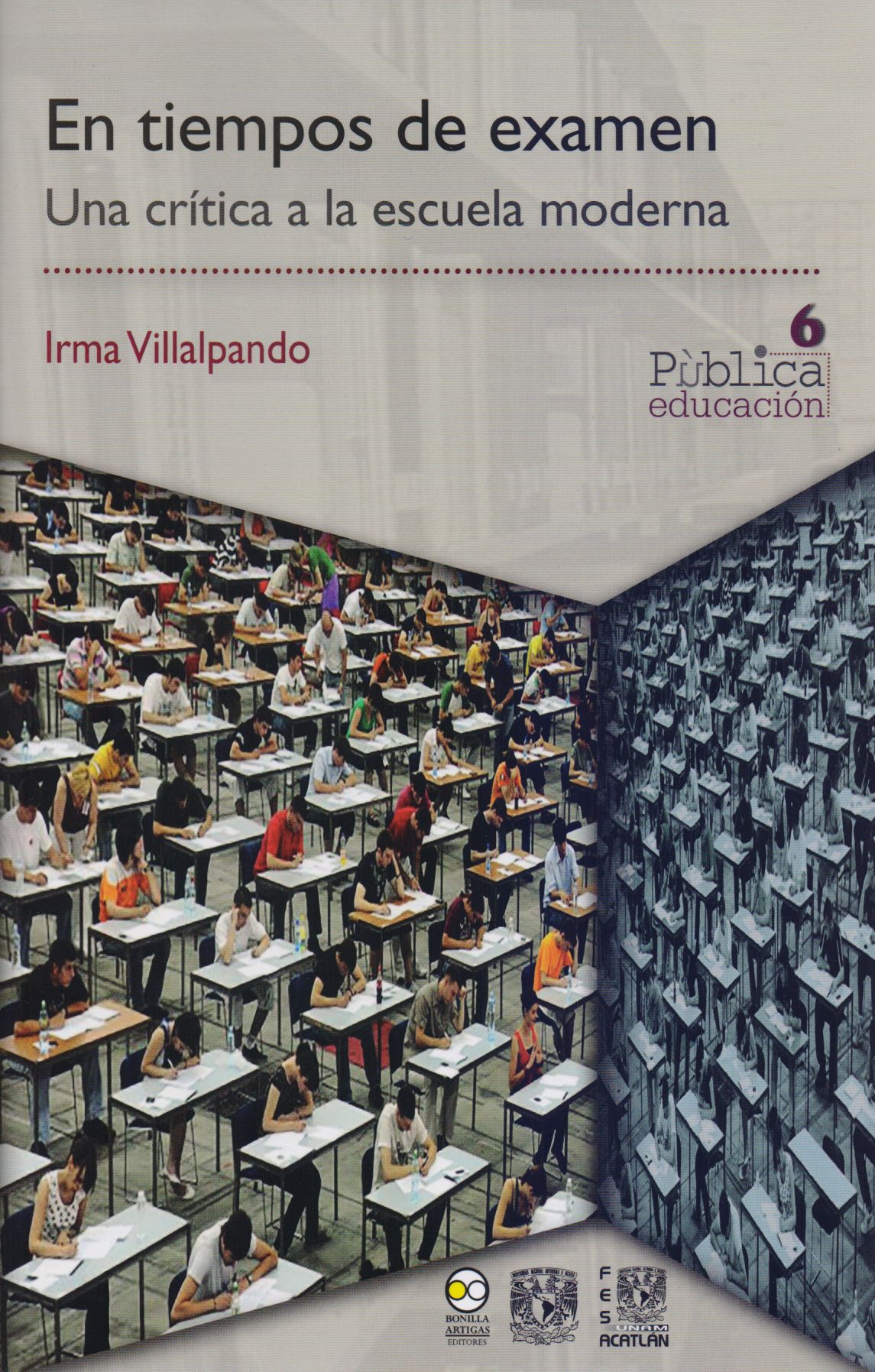Libros relacionados
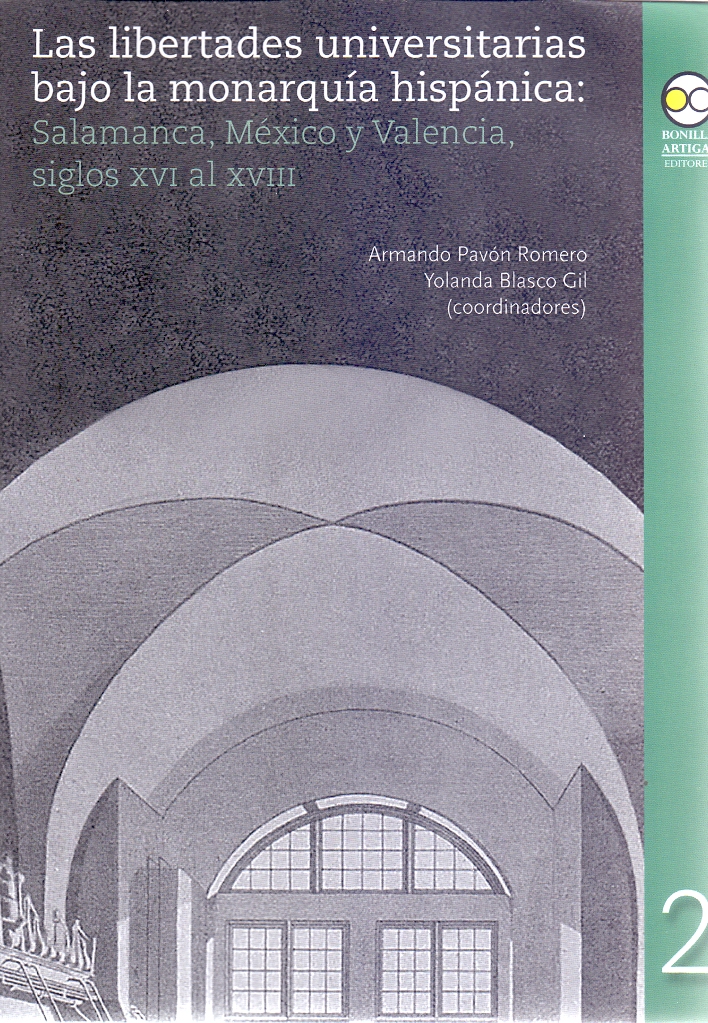 |
Libertades Universitarias Bajo la Monarquía Hispánica, Las: Salamanca, México Y Pavón Romero, Armando; Blasco Gil, Yolanda Bonilla Artigas Editores |
 |
El Currículo y el Desarrollo del Pensamiento Crítico. El Seminario de Formación Viniegra Velázquez, Leonardo Bonilla Artigas Editores |
 |
Gobernanza de la Educación Media Superior: Propuestas de Intervención Hernández Alcántara, Carlos ; Alvarado Rodríguez, María Euge Bonilla Artigas Editores |
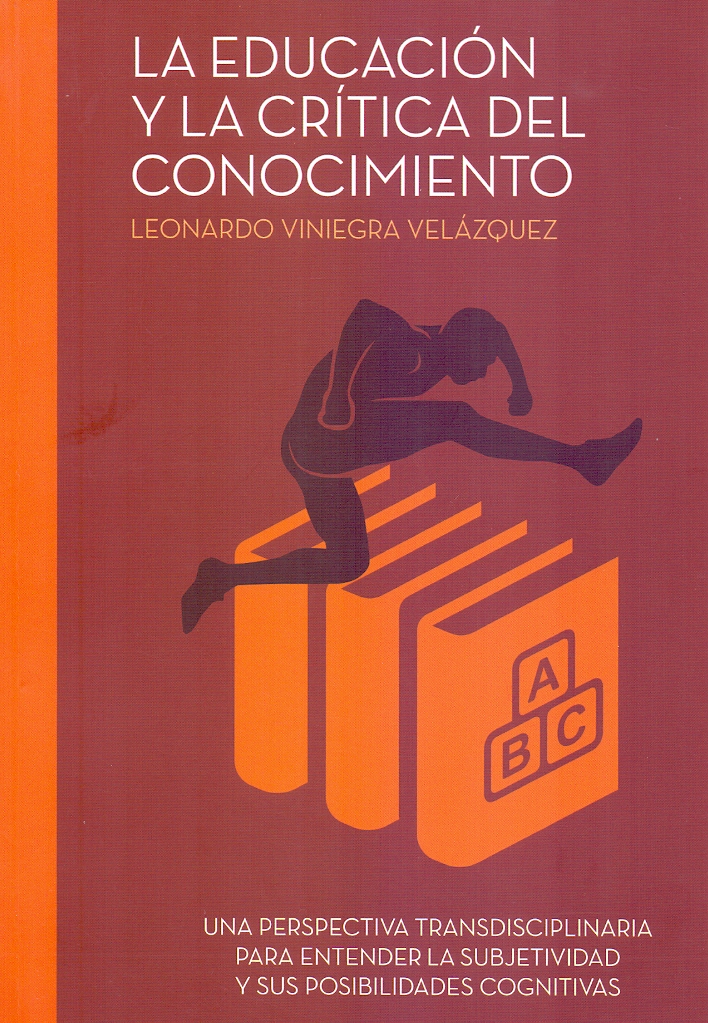 |
Educación y la Crítica del Conocimiento, La Viniegra Vélazquez, Leonardo Hospital Infantiil de México-Federico Gómez |
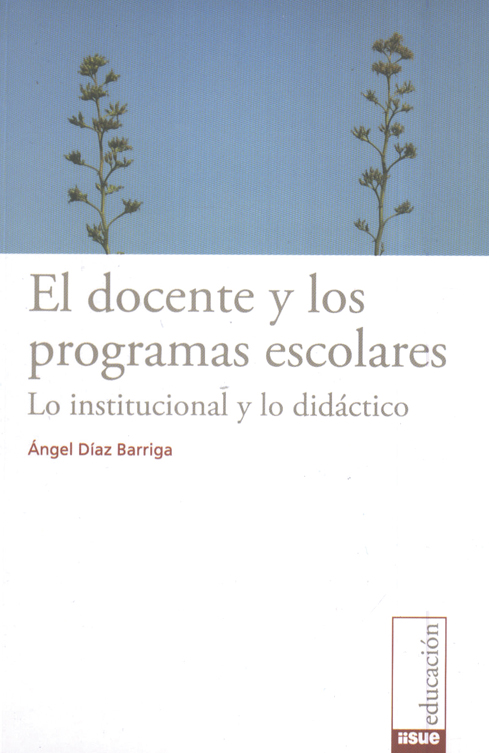 |
Docente y los Programas Escolares, El: Lo Institucional y Lo Didáctico Díaz Barriga, Ángel Bonilla Artigas Editores |
 |
Capacidad Crítica del Estudiante Universitario. La Importancia de la Formación E Glazman Nowalski, Raquel Bonilla Artigas Editores |
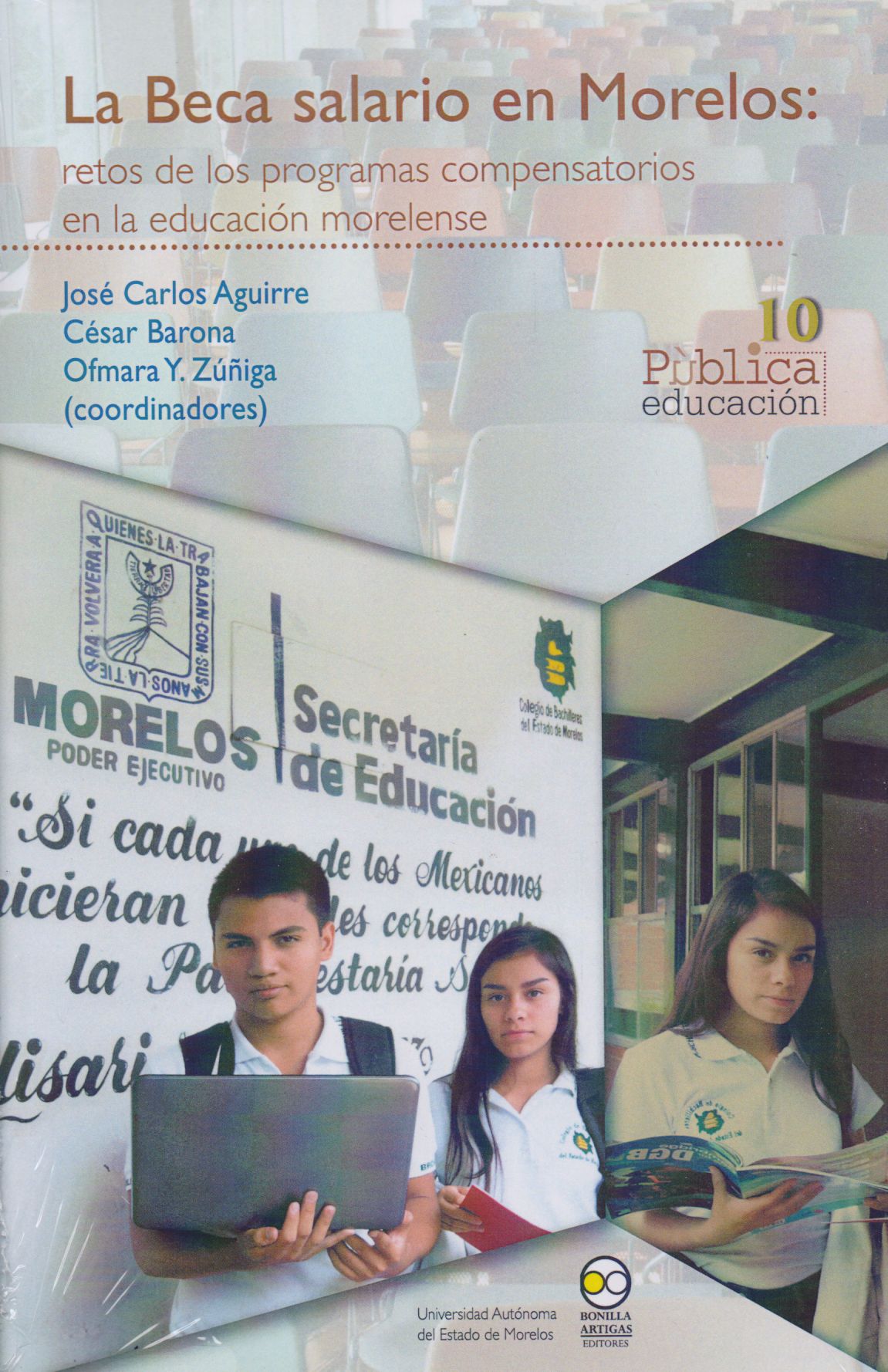 |
Beca Salario en Morelos, La: Retos de los Programas Compensatorios en la Educaci Carlos Aguirre, José Bonilla Artigas Editores |
 |
Educación Laica en México, La: Estudios en Torno a Sus Orígenes Arredondo, Adelina (Coordinadora) Bonilla Artigas Editores |


|
Título: Integrating Technology Into Teaching. Technology & Learning Continuum | |
| Autor: Recesso Arthur/ Orrill Chandra | Precio: $1363.00 | |
| Editorial: Houghton Mifflin | Año: 2007 | |
| Tema: Textos, Educación, Apoyos | Edición: 1ª | |
| Sinopsis | ISBN: 9780618370832 | |
| Developed by a highly qualified author team, this new textbook is designed for an introduction to instructional technology course taken by education majors. The goals of the text and its companion web site are to enable faculty to teach the fundamentals of hardware and software, and more important, to educate their students about how technology can be integrated into instruction. Using the text and web site, students learn to apply knowledge from their content methods courses and learn how to incorporate technology to promote effective instruction.What sets this text apart is its teacher-tested model, The Technology and Learning Continuum Model (TLC), which bridges the gap between educational technology and instructional design. In use by Recesso for more than six years, the model grew out of a Preparing Tomorrow's Teachers to Use Technology (PT3) grant and is being used currently in Georgia to meet the state-mandated requirement that all teachers complete a technology certification program by 2006. The model, however, is not state-specific.Using the 4-color model as a guide, students are able to move beyond awareness of instructional and assistive technology to advanced levels of technology integration. In a structured fashion, pre-service or in-service teachers learn how to align learning activities, objectives, instructional strategies, technology, and assessments to facilitate a progression of student learning. The results are learning units and learning activities where technology is integrated, not used as an add-on, and lesson plans that prospective or current teachers can take into the classroom and effectively use as a guide to instruction. Another important feature of this program is its close alignment with the prevailing technology standards. In these standards-driven times, showing explicitly how content ties to standards is critical. | ||
Librería Bonilla SA de CV © Todos los derechos reservados. 2019
Última actualización: Jul 2019



